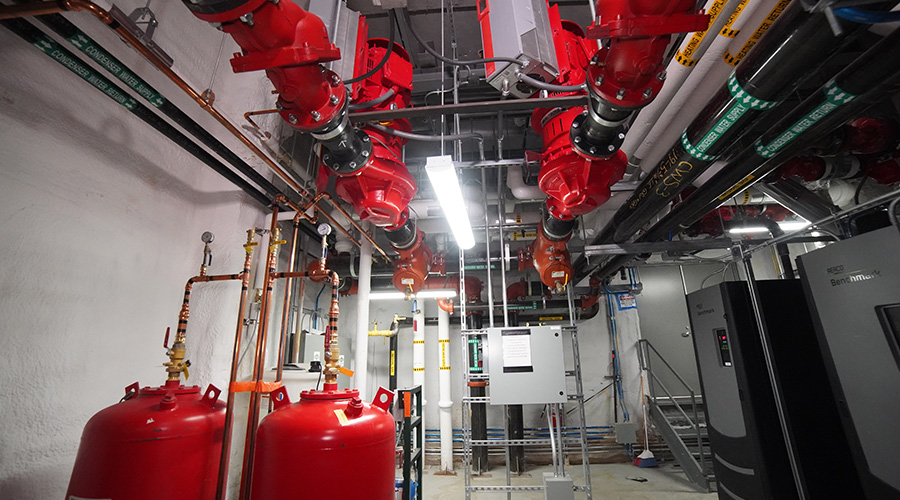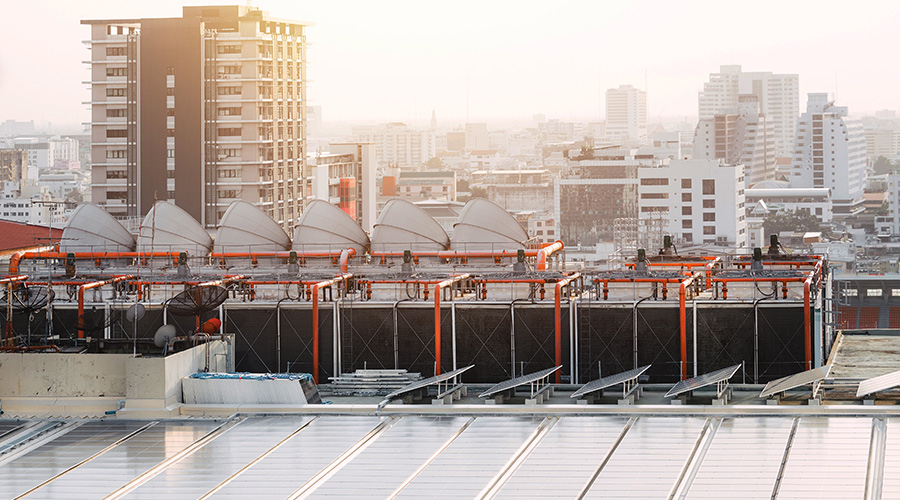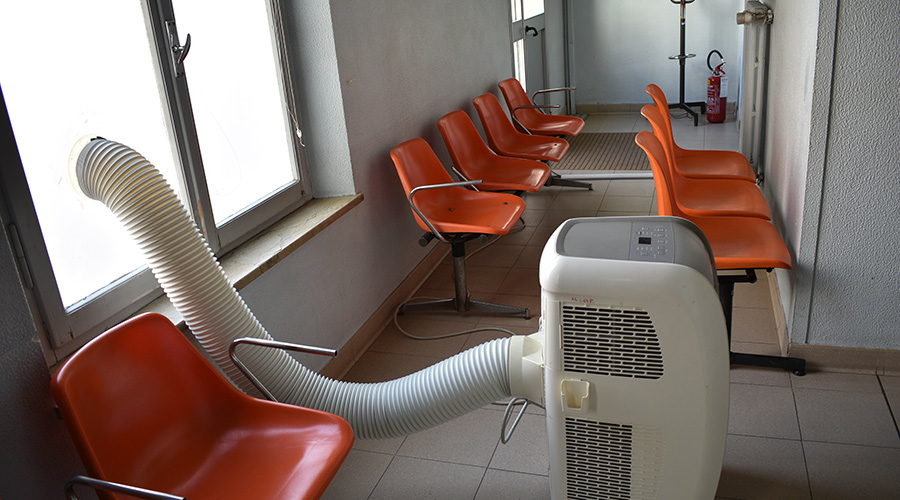Why HVAC Performance Gets Worse Over Time
It's sad but true. HVAC performance gets worse over time in almost all buildings.
HVAC systems in mid- to large-sized commercial buildings have increased in complexity steadily over the last 15 years. With the introduction of DDC controls and other building automation functions, even the most straightforward VAV systems are a compilation of components from multiple manufacturers, built by multiple contractors, that must be programmed and sequenced to work together seamlessly as intended.
Amazingly, this happens successfully every day. And, with few exceptions, these systems integrate well. Considering the ultimate objective for HVAC systems — keeping building occupants safe, healthy and comfortable, while using the least amount of energy — it is no wonder HVAC has become so complex.
Beginning in 2013, as states adopt the 2012 International Energy Conservation Code (IECC), the complexity of HVAC systems will increase yet again. In many cases, and depending on the application, new buildings and major renovations will be required to be designed and built with new technologies including demand-controlled ventilation, energy-recovery ventilation, daylight-harvesting controls, and economizer cycles for even small comfort cooling applications. Add to this the fact that manufacturers have advanced the science of fault detection software and optimized control algorithms for each major HVAC system component, and facility managers might feel as though they stepped into a science fiction TV show.
Fortunately, the IECC authors had the foresight to mandate that elements of HVAC system commissioning be performed for new installations with capacities greater than or equal to 40-tons cooling and 600,000 Btu/h heating. After all, these high-tech energy-conserving components and software will not perform unless they are installed properly and operated efficiently.
But what happens when the engineers leave and move onto the next project? Simple: Things start to "drift."
Over time, building performance drifts out of tolerance from the original design intent. When occupancy changes, equipment wears, and temporary setpoint adjustments aren't restored, a building will perform very differently than it did at move-in. For these reasons, even a fairly new building that was commissioned and aligned with design intent before occupancy may not be meeting its owner's operational expectations.
LEED certified facilities are no exception. While LEED certified buildings are known for better energy usage intensity than the national average, a 2008 study by the New Buildings Institute says the first generation of LEED buildings isn't quite performing as it should be.
Why Things Go Wrong
There are a few simple explanations for drift. First, the complex controls used in new installations are reliant on sensors. Sensor technology has improved in the last five years; however, these devices still require periodic recalibration and replacement. Secondly, people, both occupants and operators, are not machines. People have minds of their own and are not inclined to mold themselves into the prescribed behavior dictated in the design conditions and sequences of operation. We say that "passive buildings require active occupants" to achieve outstanding performance. But, in most commercial buildings, the opposite logic is employed. Occupants and facility managers alike want buildings to actively control themselves, so that occupants can go about their business with little or no attention paid to the building systems.
Even when the components are complex, the HVAC system control logic should not be. If facility staff, in response to a building occupant complaint or a change in tenancy, cannot quickly find a simple or temporary adjustment to the system, they will be forced to override the controls and deviate from the intended, and presumably optimal, sequence of operations.
Some of the problems that routinely occur include: permanent temperature resets that may result in simultaneous heating and cooling or poor refrigeration performance, system static pressure increases to overcome isolated air distribution issues, automatic start/stop overrides, manual locking of outside air dampers, disabling energy conservation control features, non-functioning sensors, previously unknown control device and valve failure and improper installation of components.
Related Topics:













